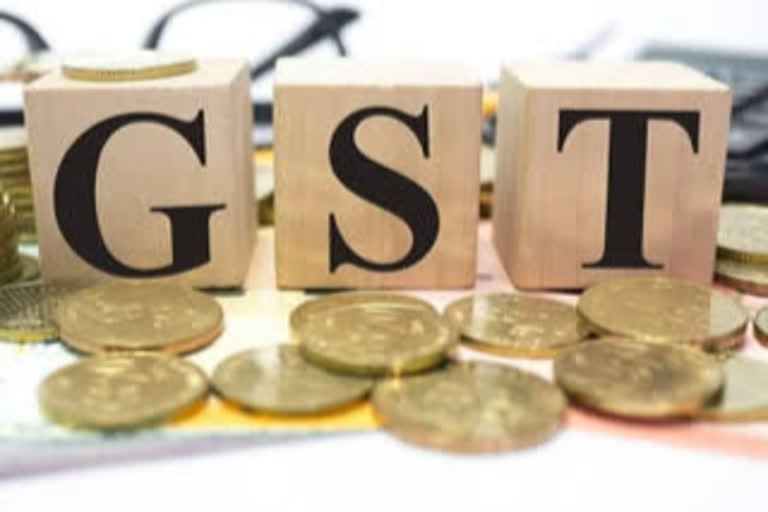New Delhi: The Centre plans to launch a smart mobile app to monitor the movement of trucks and improve enforcement by combining two databases available with the GST Network and the ministry of road transport to reduce the logistics cost as it seeks to increase the coverage of trucks from existing 50,000-60,000 kilometres in a year to the US level where a truck covers 3,00,000 kilometres annually, said the ministry of commerce.
The smart enforcement app will be used by the enforcement departments of State governments such as transport, commercial tax department and police among other agencies by relying on a technology-driven approach. The initiative by the logistics division of the ministry of commerce and industries aims to roll out the smart enforcement app for truck movement in 10-12 states in the current financial year as it seeks to cut down logistics cost which is currently 13% of the GDP. Officials said one of the key reasons is delays due to random stoppages for physical checking of vehicles and verification of documents, among other things.
“While GST has helped improve the situation, there is a long way to go to reach the advanced country levels,” said the ministry of commerce. “There are over 60 different instances of potential violations of various rules and compliances that enforcement agencies need to watch out for,” the ministry said, adding that the responsibility for enforcement lies with state government departments such as commercial tax, transport, police and other agencies.
Also read:Finance Ministry notifies concessional GST rate on COVID-related items, services
The Logistics Division has developed a risk-based approach to implement smart enforcement of rules and regulations related to road-based violations by trucks and developed an IT-based solution to make enforcement mechanisms technology-driven. The IT-based Smart Enforcement App was unveiled in a meeting with state officials on Wednesday.
According to officials, an IT application would fetch data related to goods being carried on the truck from the existing Goods and Services Tax Network (GSTN) database, and the information related to the vehicle from the VAHAN database and make it available to enforcement officers on the road in advance for approaching trucks. Based on a risk matrix that uses historical patterns, the app assigns a risk profile to the truck helping the officers decide whether to stop it for further scrutiny,” they said. The new mechanism requires the officer to issue all fines, penalties, or any other punitive measure through the app, ensuring transparency.
